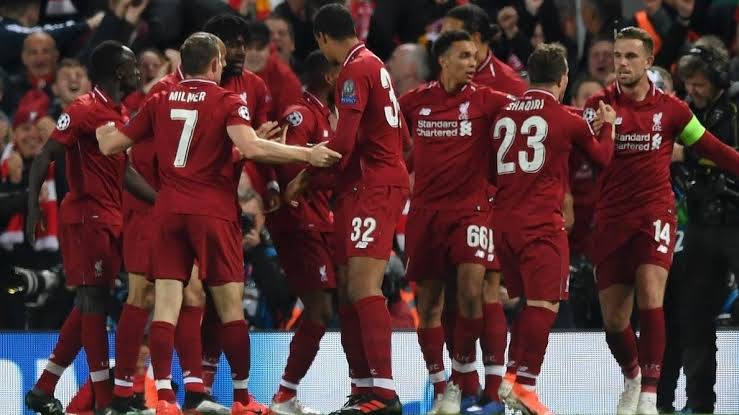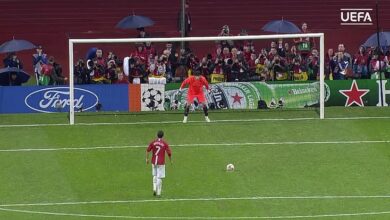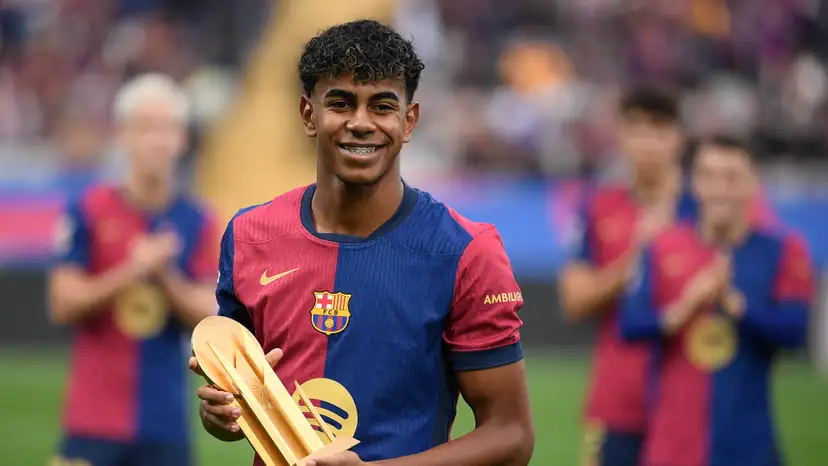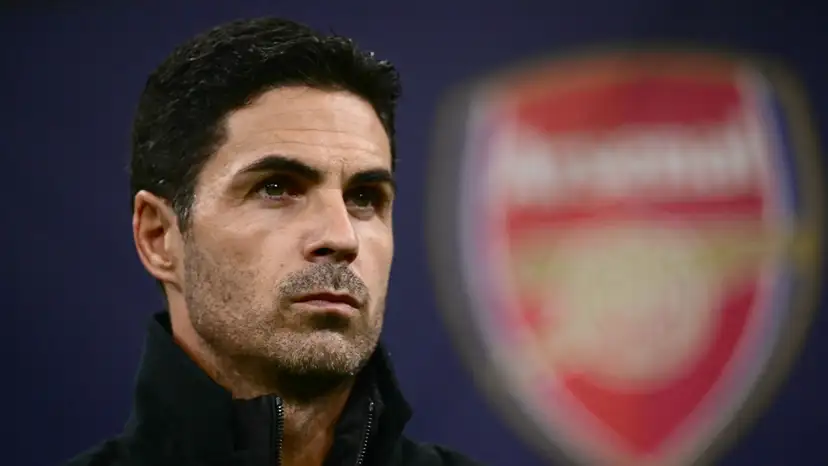
All of this intensity however comes with a harsh physical price. The key performance metrics of 2025 football have changed. Distance covered is no longer a defining measure. Anyone can jog for ninety minutes. What matters now is sprint distance, number of high-intensity runs, repeat sprint ability, and pressing actions that lead to turnovers or forced backward passes.
The modern midfielder is expected to sprint, collide, recover, and sprint again, sometimes ten or fifteen times in a single minute. Chaos football cannot be played at half-speed. It demands constant physical investment. This is why substitutions have become strategic weapons rather than optional insurance. Coaches operating in this system regularly burn through all five changes before the final twenty minutes because the style collapses without fresh legs.
The data proves it too: pressing efficiency drops sharply when fatigue sets in, duels are lost more frequently, and the team that was creating chaos begins to suffer from it instead. A tired chaos team is simply a stretched and exposed team. With that workload has come a darker concern. There is growing debate that the physical demands of modern football are contributing to the rise in muscular problems and serious ligament injuries.
The number of ACL tears at elite level has sparked conversations about whether the sport has gone beyond the biological limits of its athletes. When players are running more, sprinting harder, and colliding with greater frequency, the margin for injury shrinks dramatically. Chaos football is thrilling for spectators and effective tactically, but its human cost is growing harder to ignore. The style promises intensity at its peak, but it also forces players closer to the red line than any previous era of the sport.
For the neutral viewer, chaos football is pure entertainment. Possession-heavy football, for all its tactical brilliance, can sometimes appear sterile, long spells of circulation, patient probing, and structured movement that require a trained eye to fully appreciate. Chaos football, by contrast, is immediately visceral.
It is fast, loud, unpredictable, and emotional. It creates a match that feels alive from the first whistle, with defenders constantly under pressure, attackers chasing half-chances, and crowds reacting to every turnover like a chance on goal. One of the defining features of this style is how effectively it weaponises the environment. Stadiums such as Anfield or Signal Iduna Park become tactical assets, not just atmospheric backdrops.
When a team presses in numbers and bodies begin flying into duels, the noise inside the stadium rises. That noise feeds the players, who press harder, which forces more mistakes, which generates even more noise. The crowd becomes a multiplier of tactical intensity, turning a simple turnover into a moment that feels seismic. Football rarely creates such direct emotional feedback loops, but chaos football does it continuously.
This shift has also changed what scorelines look like. In the era of structured dominance, matches often finished 1–0, 2–0, or 2–1. Control meant shutting games down, suffocating risk, and managing tempo. In the new era, clean sheets are harder to protect because the game is being played at a higher tempo with more successive waves of pressure, transitions, and broken-structure attacks.
A single match might contain ten or fifteen high-threat moments instead of five or six. That is why 4–3 and 3–2 scorelines are gradually becoming more common. Chaos football is a spectacle not just because it is fast, but because it produces more decisive actions in ninety minutes than the average match from the previous tactical era.
Liverpool remain the clearest example of this philosophy applied at scale. Under Klopp, they built an identity around pressing high, defending on the halfway line, and turning every opponent mistake into a direct route to goal. Liverpool exemplify the idea that a match can be controlled not by holding the ball, but by controlling where the ball is contested. Their midfielders have been selected not for elegance alone, but for the ability to arrive first at the second action and turn a loose touch into a transition.
But perhaps the most interesting examples are the hybrids, teams such as Real Madrid under Ancelotti, who did not rely on chaos as a constant but introduced it in specific phases of the match. More recently, Barcelona under Hansi Flick is the clearest example of a traditional possession giant embracing chaos principles, especially with an aggressive high line that compresses the pitch, invites risky transitions, and forces the opponent into rushed decisions.
Flick’s Barcelona does not abandon technical control, but layers it with manic pressure triggers, ultra-vertical passing decisions, and a defensive block positioned so high that every turnover instantly becomes a sprint race in behind. It is the application of chaos inside a historically control-oriented structure, demonstrating how even elite technical teams now rely on engineered turbulence to decide matches. In many ways, they are the university of modern transition football.
These sides can slow the game down through technical superiority, but they also recognise that against strong defensive structures, sometimes the best way to score is to lift the lid off the match completely. They can spend twenty minutes dominating the ball and then, in a moment, hit a vertical pass into a contested zone and flood the area with runners.
In doing so, they become the bridge to what may be the next tactical evolution: teams who can control the game when needed and then trigger chaos at will. These case studies show that chaos football is not one system but a spectrum. Some teams live inside it for ninety minutes. Others activate it strategically. But all share one principle: matches are being won not by maintaining structure, but by dismantling the opponent’s ability to stay inside theirs.
Football has always moved in cycles, and the shift from control to chaos is another swing of the tactical pendulum. A decade ago, possession-based football sat unquestioned at the top of the sport’s ideological food chain. Teams that did not dominate the ball were seen as inferior, outdated, or tactically limited. But the sport caught up. Coaches studied positional patterns, analysts decoded build-up structures, and defensive systems grew sophisticated enough to restrict even the most precise passing sides.
Once the game reached peak control, something new had to happen. Chaos became that new answer. Instead of avoiding mistakes, teams began to force them. Instead of slowing the game down to make decisions comfortable, they sped it up until the opponent simply ran out of time to solve the problem.
Football today rewards the side that can play at the highest physical and mental intensity, that can create the most chaotic situations, and that can win the duels inside those situations. The shift has not eliminated control football, it has made control just one of several viable paths rather than the single defining truth of the sport.
The next era likely belongs to hybrid teams, the ones who can master both worlds: sides who can dominate possession for long spells, then deliberately ignite the match into turbulence when the opponent begins to settle. These teams will decide when the game is calm and when it is frantic, when to press vertically and when to let the ball breathe. In the end, the future is unlikely to be won by those who live permanently in chaos or permanently in control, but those who can move seamlessly between both.
At its core, football remains a game defined by human imperfection. Goals come from errors, misjudged tackles, under-hit passes, slow reactions, lapses in concentration. The difference today is that the best teams are no longer waiting for those mistakes to arrive. They are manufacturing the conditions that make them inevitable.
In the modern game, the winners are the ones who force the most mistakes, in the shortest amount of time, in the most dangerous parts of the pitch. In that sense, chaos football is not just a strategy. It is the logical evolution of a sport that has become too intelligent, too structured, and too prepared.








